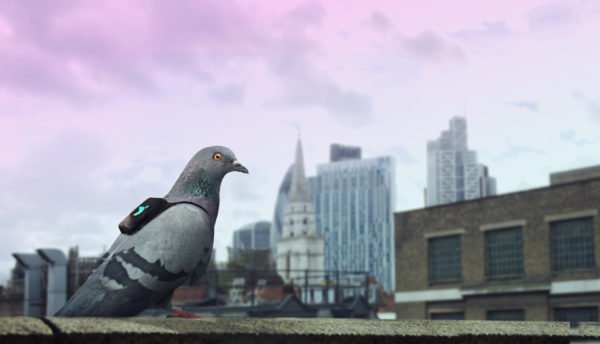
IoT is putting itself forward as a means of tackling one of the world’s biggest health problems: air pollution.
A problem that is not limited to developing countries but stills plagues some of the biggest cities in Europe. Just last year the UK High Court ruled that the government must take action to cut pollution after being in breach of EU limits for pollutants for several years with nitrogen pollution from diesel vehicles a significant contributing factor.
IoT is playing a key role in measuring and mapping pollution levels, with sensors and wearables used to record not only measurements but physiological responses to them. Many of these tools are made accessible to citizen scientists to create pollution maps within cities and are an important tool in documenting and leveraging health and environmental data to inform public policy.
So here are some of the innovative technologists working hard in this space:
Idea 1: Aircasting
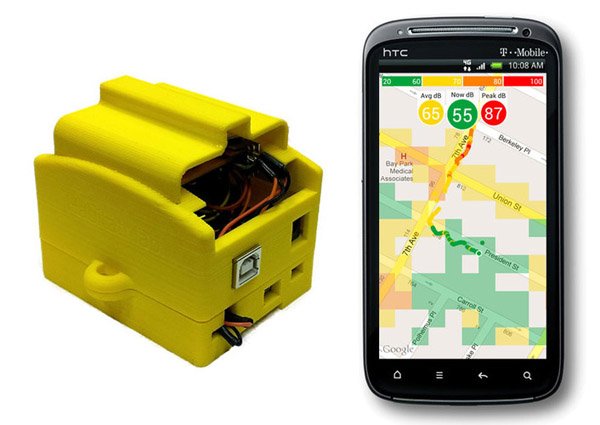
AirCasting is an open-source, end-to-end solution for collecting, displaying, and sharing health and environmental data using a smartphone. The platform consists of wearable sensors that detect changes in your environment and physiology, including a palm-sized air quality monitor called the AirBeam, the AirCasting Android app, the AirCasting website, and wearable LED accessories.
Interestingly, as addition to measuring environmental levels such as Aircasting’s wearable accessories can also measure the wearer’s response to the air pollution including their heart rate, heart rate variability and breathing rate.
Idea 2: Airly
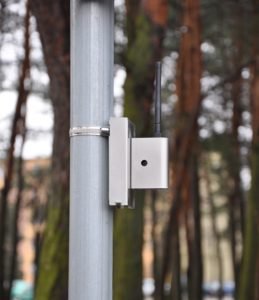
Poland-based startup Airly is working on hardware that measures pollution (e.g. dust sensors, forest fires detectors, traffic management modules, water quality monitoring) so companies can deliver global solutions for Smart Cities. Their idea originated due to the founders’ experiences the bad air of Krakow, considered the most polluted city in Europe due to coal emissions.
It’s a made-to-order product that may be in its early days — but instead of using Wi-Fi or GSM, it uses LoRa technology to power its sensor technology. They’re working with Cisco to include environmental health as a just one of the data readings made possible in smart city technologies being made available to city governments. This startup is definitely one to watch.
Idea 3: Plumelabs
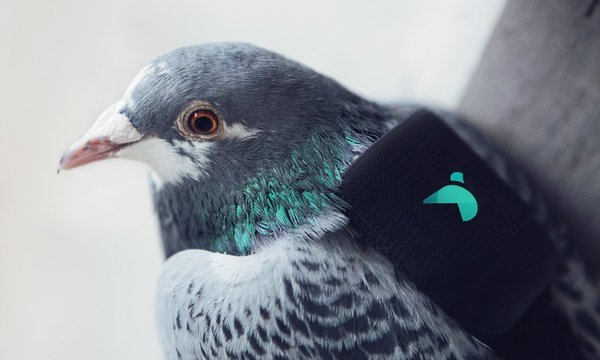
In March this year, Paris based startup Plumelabs set free a small flock of racing pigeons through London wearing pollution-sensing backpacks for three days to monitor the city’s air pollution levels, particularly nitrogen dioxide and ozone gases — produced mainly by diesel vehicles — and reporting the results on Twitter.
The campaign encourages Londoners to join the “Air Patrol” by becoming beta testers for a wearable version of Plume Labs’ ultra-light air pollution sensing device. A crowdfunding campaign aims at recruiting 100 beta testers in London to map out live air pollutant levels across the city. These personal wearable sensors will eventually complement Plume Labs’ flagship product, the Plume Air Report, an urban weather forecast for air pollution that tracks air pollution levels in 300 cities and 40 countries thanks to open data.
The free mobile app, available on iOS and Android, uses artificial intelligence and machine learning techniques to provide live pollution forecasts and advice on what to do to avoid over-exposure to environmental factors such as UV or air pollutants.
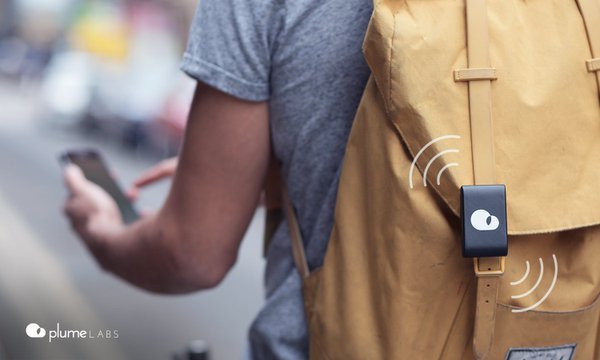
The data collection of pollution levels is only one tool in creating a reduction of pollution in the cities of Europe. The introduction of laws to reduce the reliance on old technologies is one way to create this incentive to boost new technologies that remove pollutants from the atmosphere. Electric cars are one example of this technology, yet their adoption needs to move beyond financial incentives.
Some researchers cautiously claim that driverless cars will reduce pollution, with others cite the popularity of the Tesla 3 as an example that electric cars can be a viable consumer option. With all this innovation, it will be interesting to see if and how pollution levels changes over the next decade.
Link? http://readwrite.com/2016/06/27/iot-brings-accuracy-to-the-problem-of-air-pollution-tl1/
Please check https://steemit.com/steem/@grittenald/copy-paste-steal-cite-your-sources
@idradiation: if you don't correct your behavior, likely you'll be followed by a down-voting bot, or many.
Downvoting a post can decrease pending rewards and make it less visible. Common reasons:
Submit
Upvoted you
Downvoting a post can decrease pending rewards and make it less visible. Common reasons:
Submit